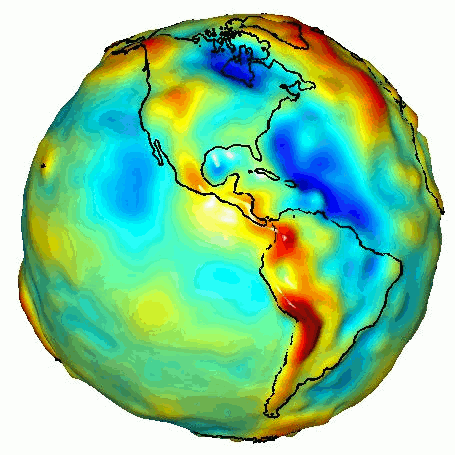The following is a succinct timeline for the rollout of the modernized National Spatial Reference System (NSRS) by the National Geodetic Survey (NGS). This information is copied from the latest NSRS Modernization Newsletter (Issue 36, April 2024). This information should be helpful to explain the phased nature of the NSRS rollout, and the various websites used by the NGS to implement the rollout. A more detailed version of the timeline are available in this NGS webinar recording.

The official NGS website (geodesy.noaa.gov) holds the official NSRS data and tools. This will remain true through the phased rollout and testing of the modernized NSRS.
During the phased rollout and testing, each component of the modernized NSRS will be put on a second website — the NGS Beta website (beta.ngs.noaa.gov). This will begin with GEOID2022 in the summer of 2024, and will continue into 2025. As each component is rolled out, users may test it.
After all components are rolled out, a final six-month testing period will commence, at the end of which the Federal Geodetic Control Subcommittee will be asked to vote to make the modernized NSRS the official NSRS of the nation. When that happens (likely in early 2026), the current NSRS will be moved off of the official NGS website (to some other location), and the modernized NSRS will be moved from the Beta website to the official website.
There will then be a brief overlap period, after which the current NSRS data and tools will be formally removed from service. During the rollout and testing, NGS will occasionally release some data or tool on a third website — the NGS Alpha website (alpha.ngs.noaa.gov). Alpha releases will be incomplete, possibly inaccurate, and are not authoritative. They are purely for an early glimpse into future releases.
